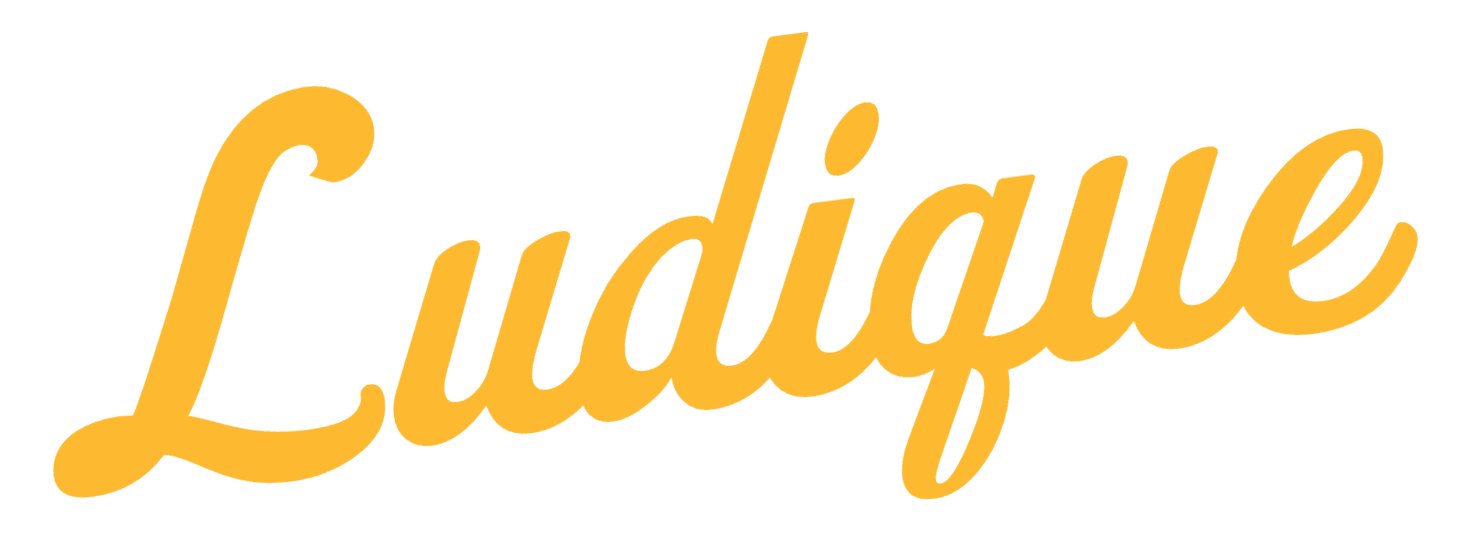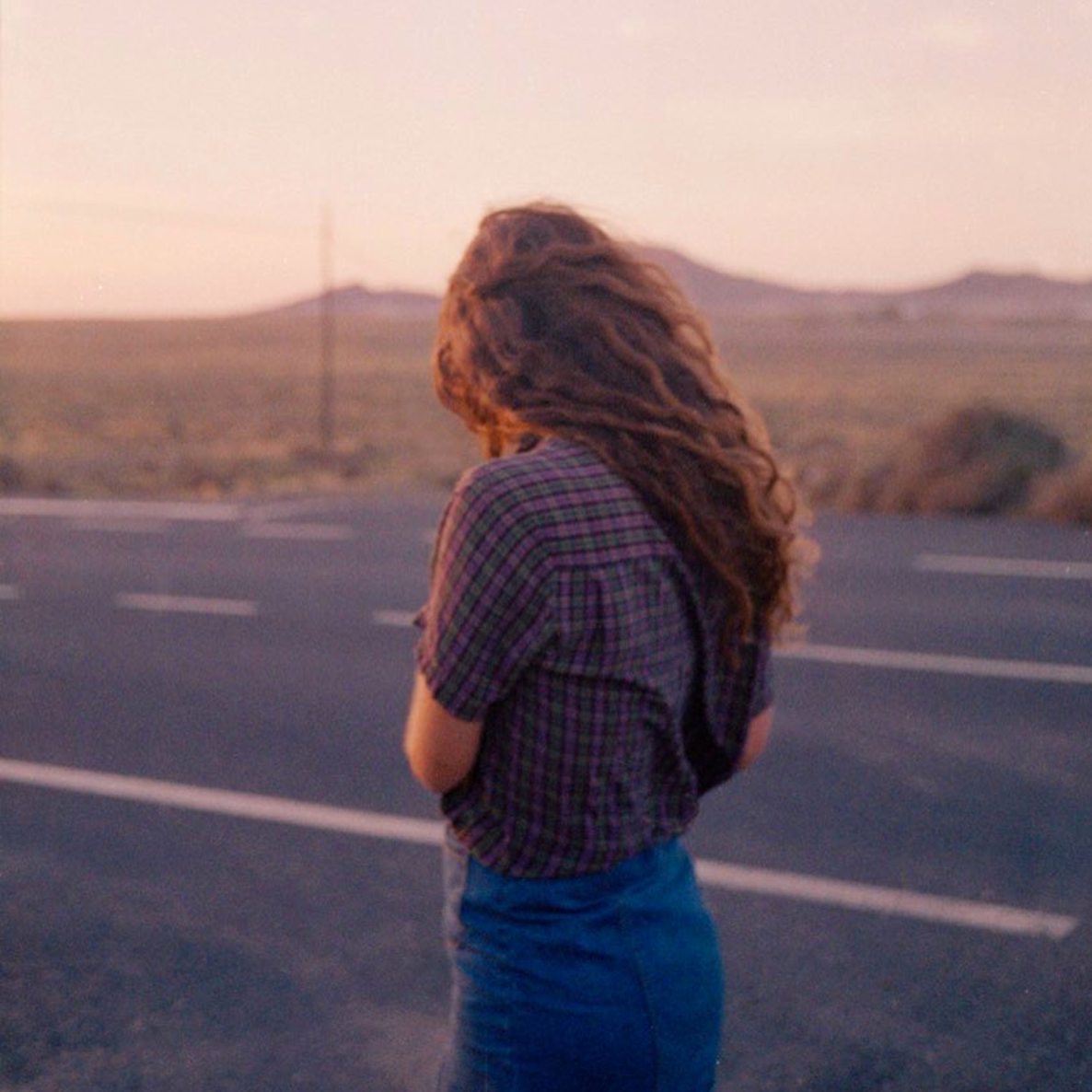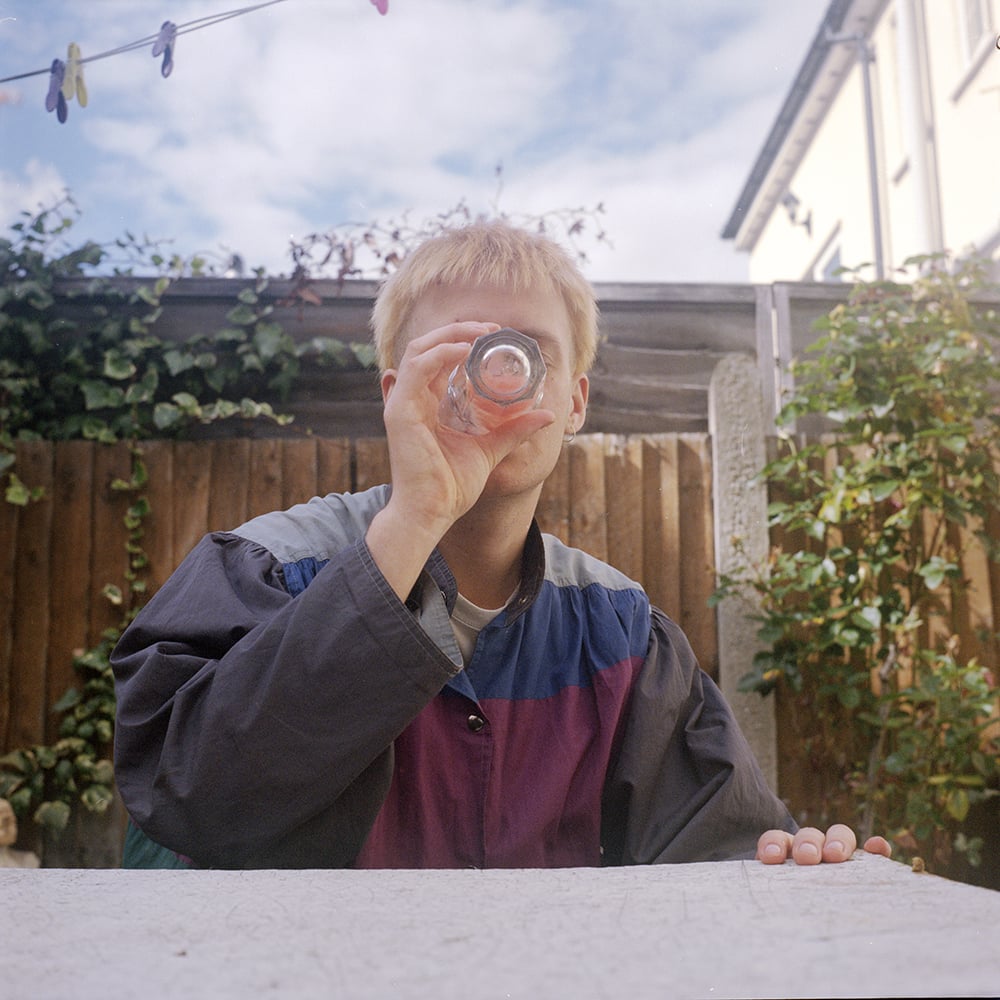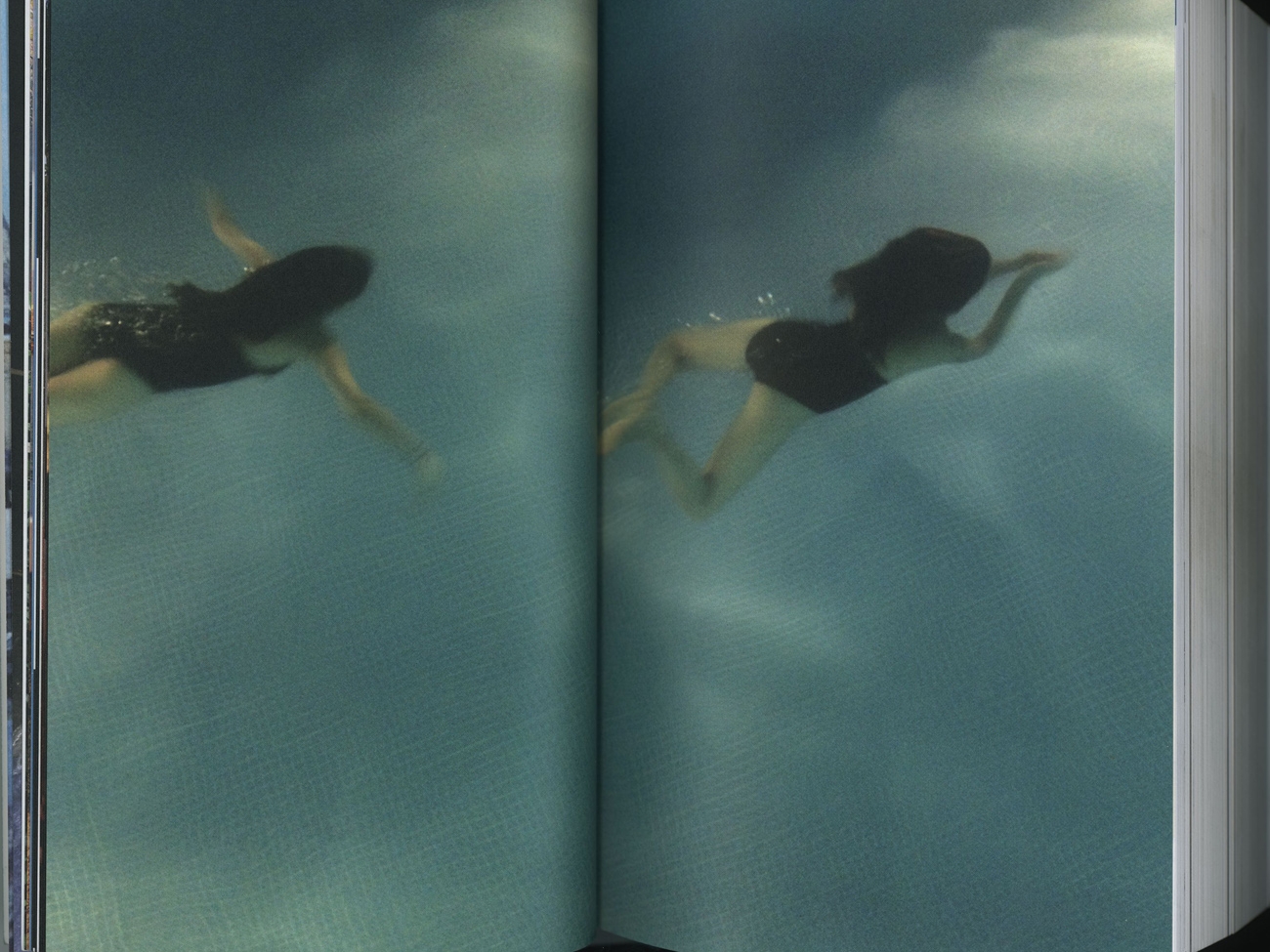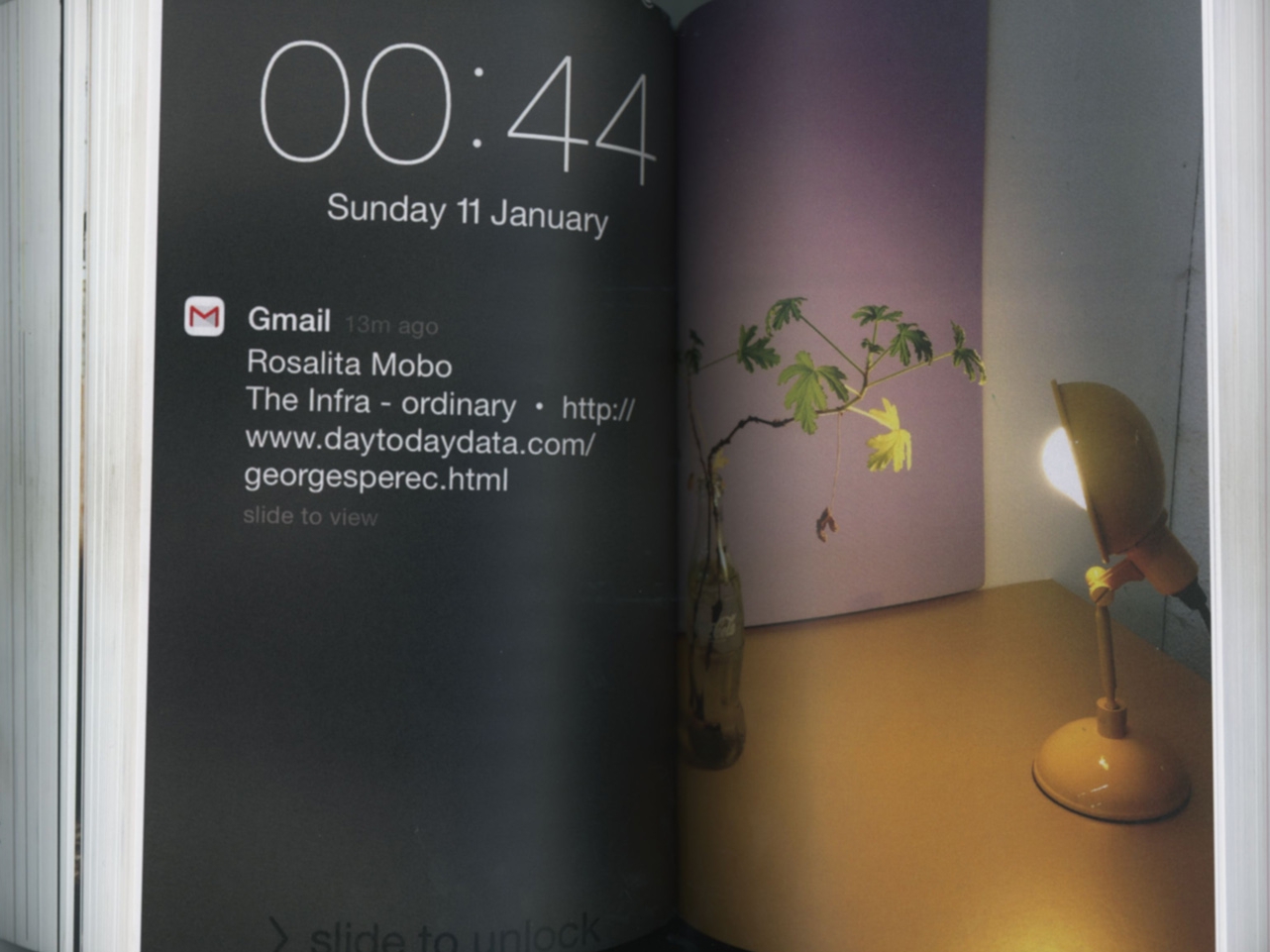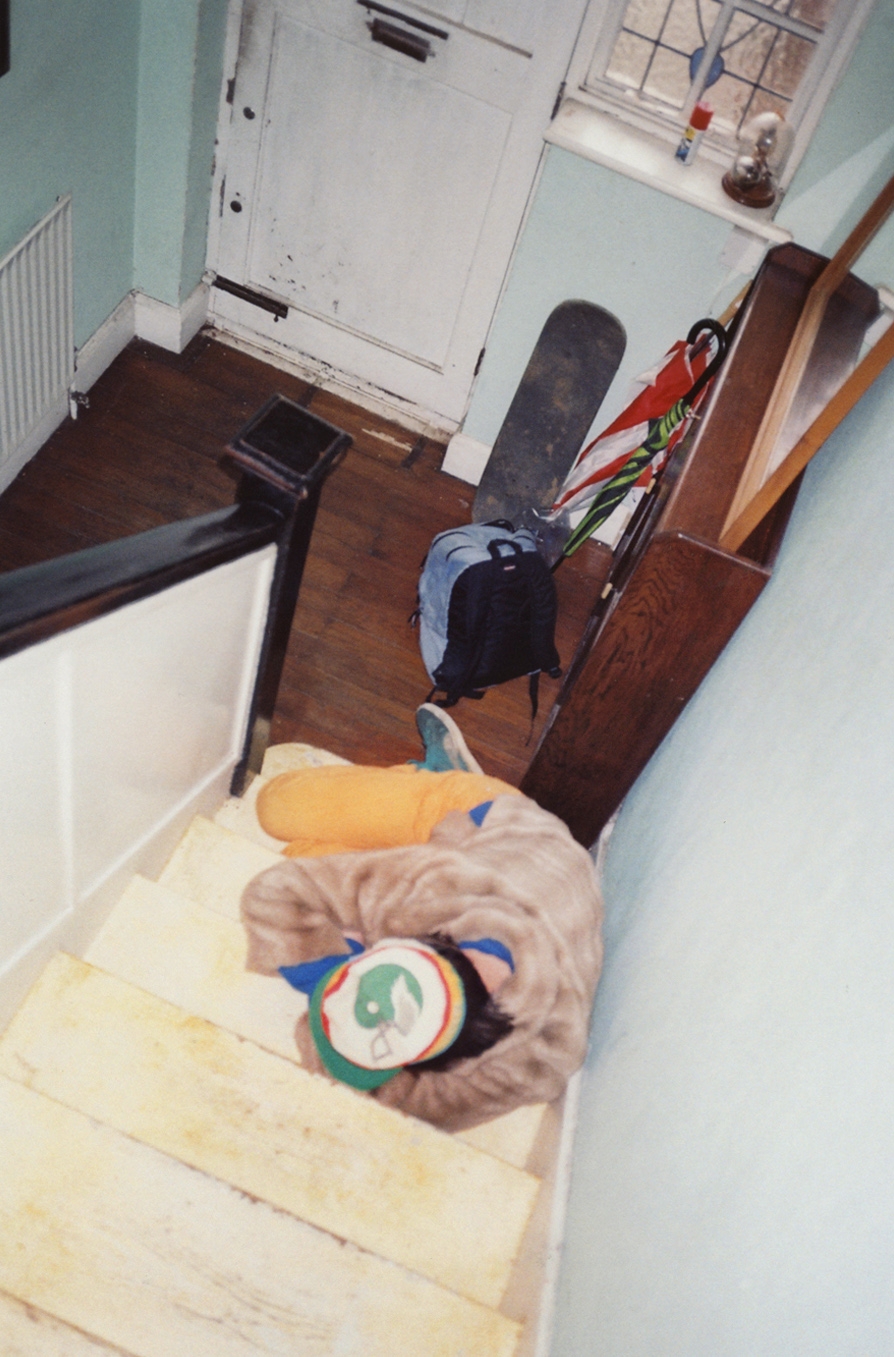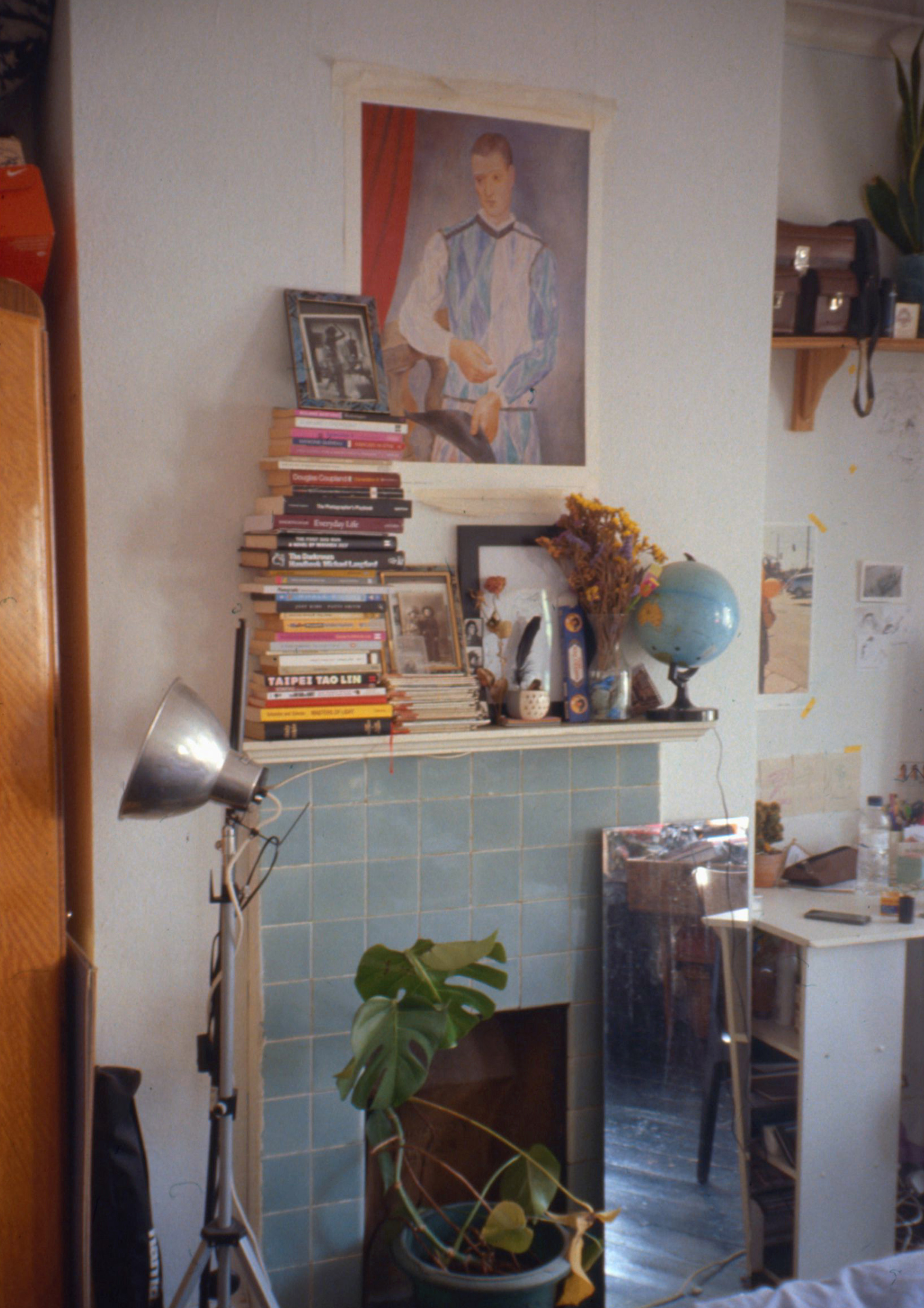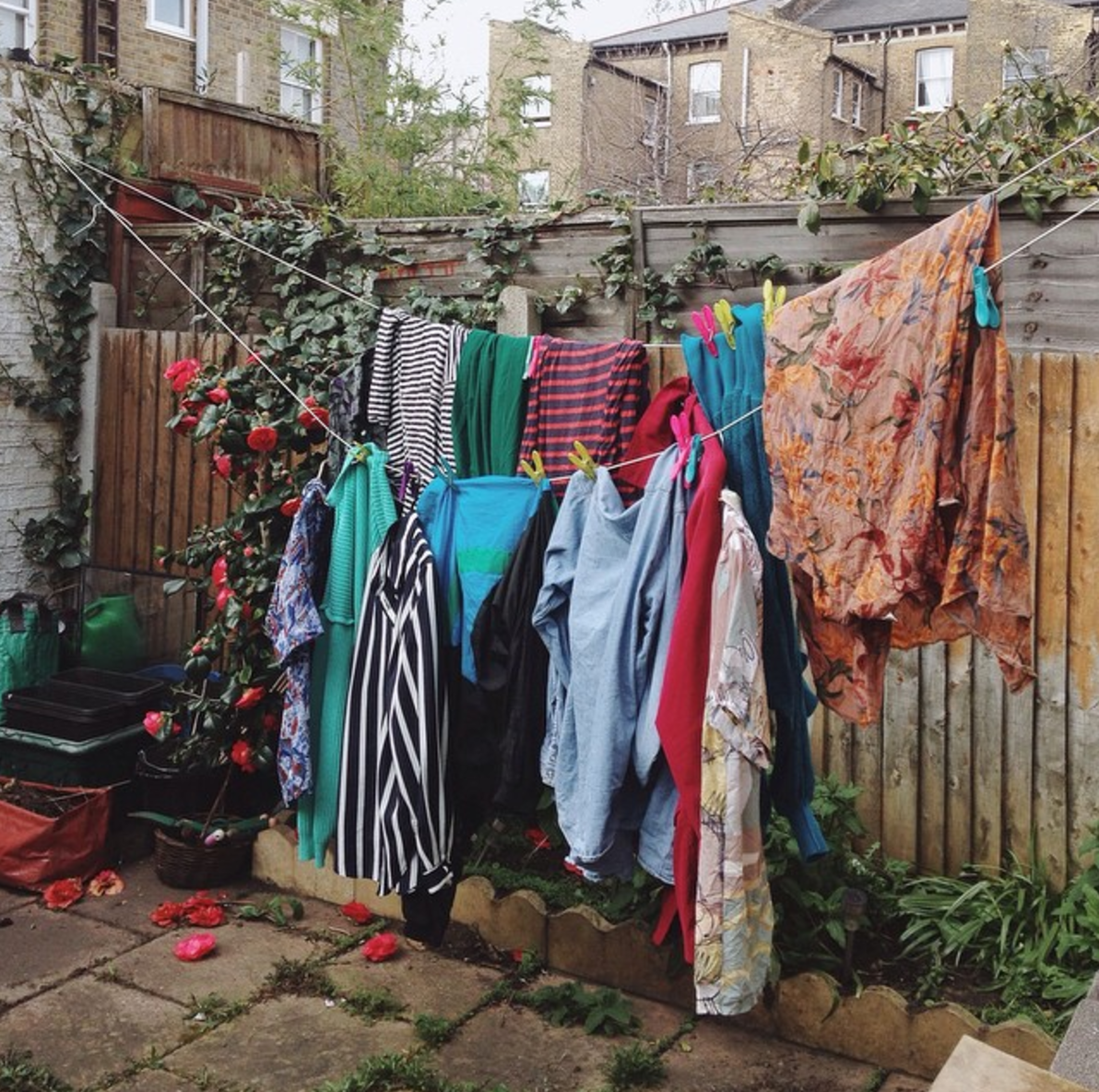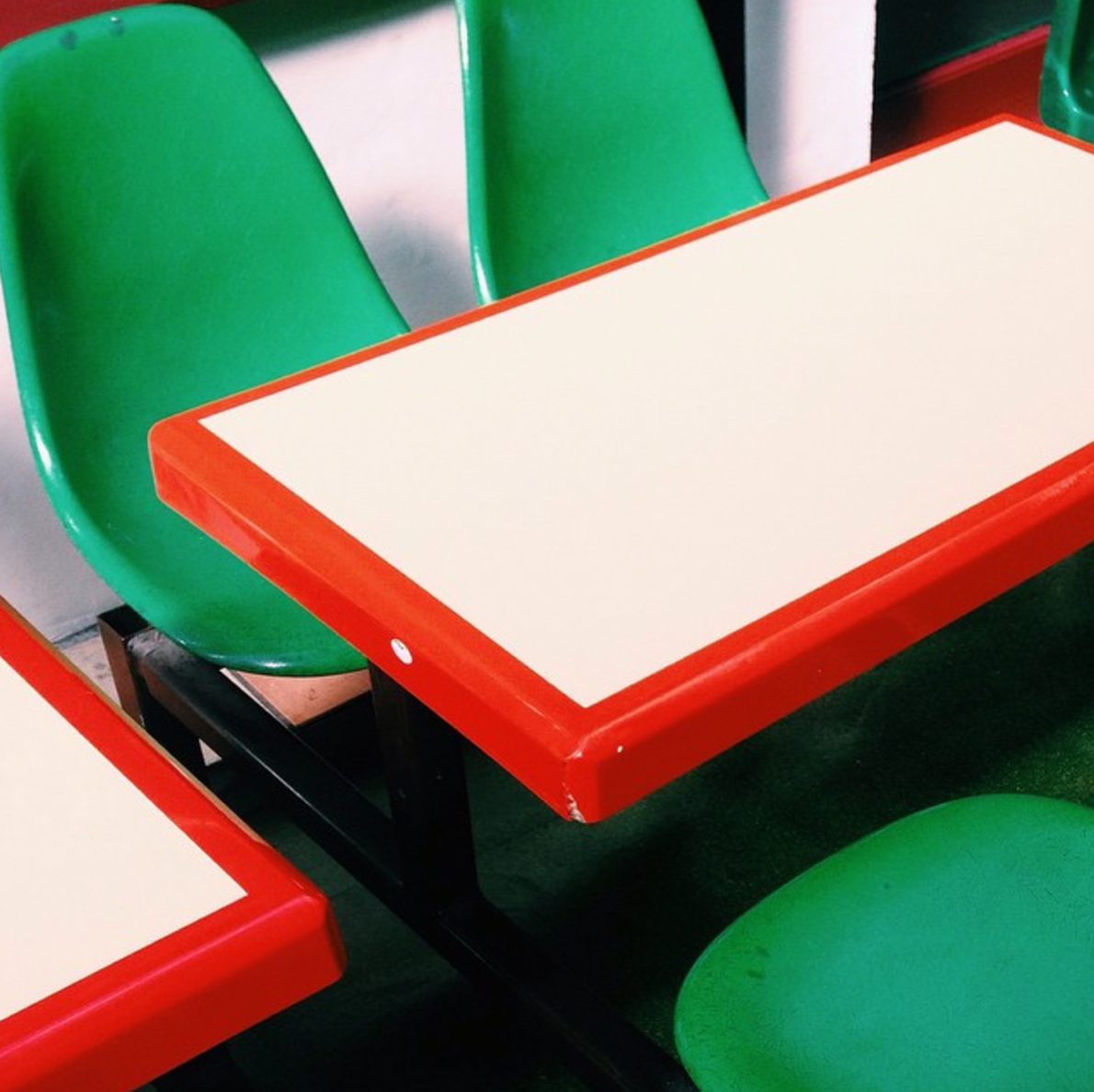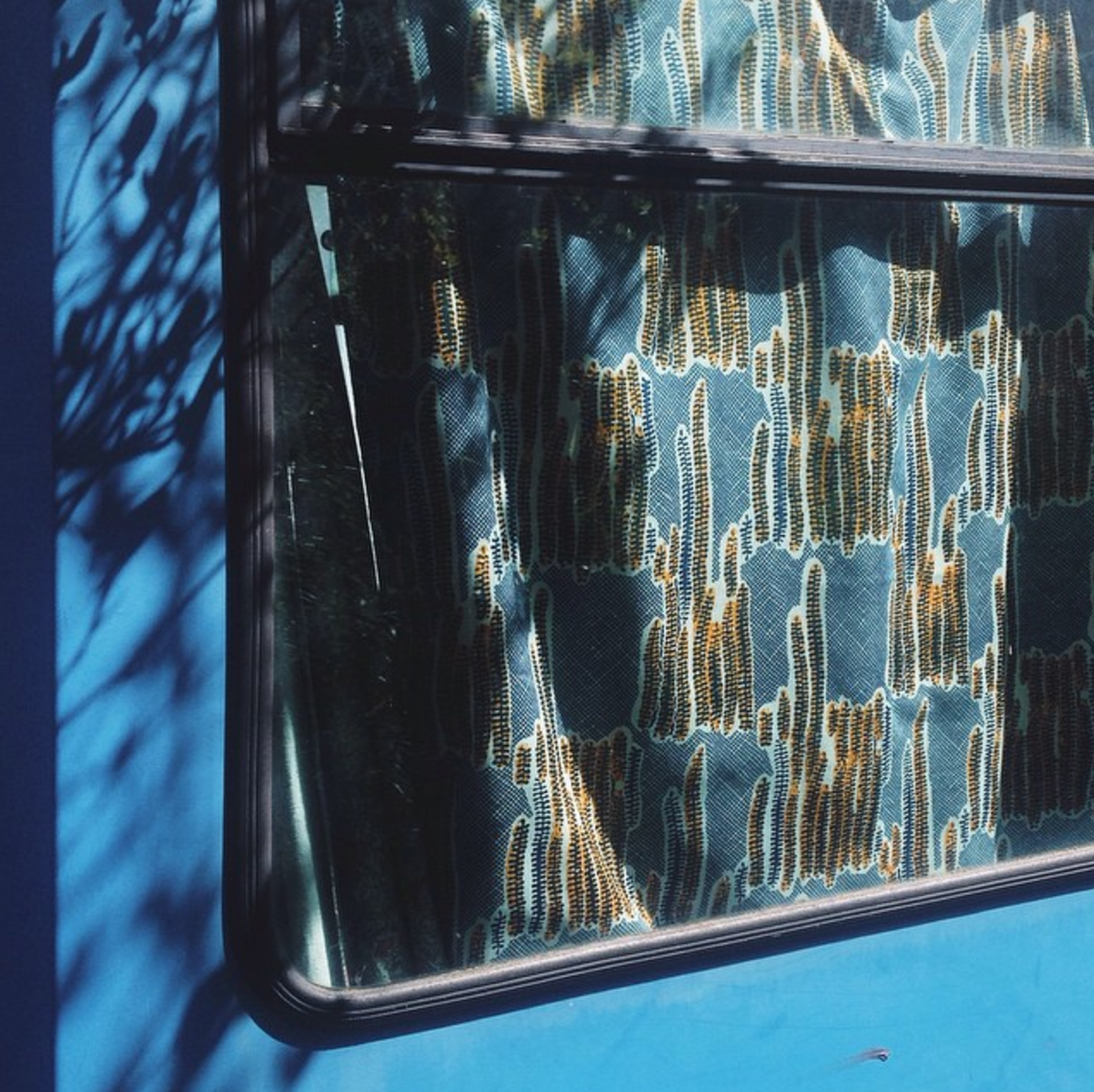Lita Bosch
Lita Bosch
Lita is a photographer (@litabosch) from Barcelona who has also lived in London but is currently living in Berlin.
Your interest in photography increased when you were frustrated with the slow process of studying cinematography in Barcelona. You rented a studio, liked it, quit school, and set up your own studio for two years. Had you taken many photos before that all happened?
I actually bought my first DSLR camera back in 2007. Having moved back from London after three or so years living there, I realized I had forgotten everything. My friends back in Barcelona were like, "So, tell us things!" And I couldn't. It was the first time I become aware of memory loss and the need of retaining certain instants. I also remember buying a film camera a year after and not daring to load a film for months. How does that even happen? Now, I laugh about it.
I tried studying cinematography twice. The first time in Buenos Aires, where I quit because it felt pointless building a degree and contacts so far from home. The second time was in Barcelona, where I quit because I felt I had learned enough on lighting to do things my own way. Cinema can be really slow in results and you need a team (and money) to make things happen. I like how studio photography gives you an immediate result and you can also be your own assistant.
You did a series called “Portrait Studies I” on those two years and you were, at the time, planning to put into a book. Discuss the significance of print to you and how you feel about the role photo books have played in the culture of photography, both in the past and in current times? And how do you think that connects and relates to platforms like Instagram?
"Portrait Studies I" has never been printed. That´s a classic with me. I can compulsively create an inDesign layout, spend a week working on that and then forget about it and carry on with something else. I like the process of editing and print. It´s important, as somehow feeling the weight, passing pages, stopping and going back really gives me a sensation of narrative and — the most important — closing a project / chapter.
I must confess, every time I see myself walking around photo book fairs, I get overwhelmed by the amount of stuff printed nowadays. And can´t help but wonder — is it really necessary? So, I usually prefer those have a look at different types of printing techniques, papers, and so forth. It's impossible to pay real attention to more than three books within an afternoon.
I'm currently not really active on Instagram as this platform has become a showcase for photographers and even though I never stop shooting I often get the "who cares" feeling. I imagine a granny me at the age of 80 publishing a life portfolio of unseen work.
Going back to the timeline — you then moved to London in 2013 and got a second studio. This included a change from low ceilings and no windows in the first studio to big windows and tall ceilings in the second. How big an impact do the studios themselves have on your work? And after working in both settings, do you think one suits your goals for photos better than the other?
Yep, I moved back to London in 2013 (as a funny anecdote, I ended up living in the same house and having the same job at a Cinema House I had eight years before... oh, life!). I got a studio, a shared space with a couple of friends in a big warehouse. Compared to my previous studio, this had a different feel. People could hear you. And, for me, intimacy is important when taking someone's portrait. So I actually ended up working more on still life photos as I really felt the need to improve on those compositions. My last two studios have been in my place. Now in Berlin, I take portraits in my bedroom and, back in Barcelona, I would rent lights and turn my apartment into a studio for 10 days every now and then. The place definitely has an impact on your work as the characteristics of it will give a something to the overall of the image but I don´t think (anymore) that one place is better than another as oneself also develops over time.
Tell me about the idea behind your "GYO" series.
I attended a workshop by Jason Fulford a year after he released The Photographer's Playbook. At that period, I was creatively blocked and the book really helped to remember what photography was about for me: a playground. Hundreds of photographers suggesting different types of games and exercises with constrictions. On my weekends, I would go out and set (sometimes stupid) rules for myself.
In that workshop, Jason and I talked about Georges Perec and the Oulipo, a French literature movement that base their writing techniques on constrictions. I love limitations and I was obsessed with Perec's vision of the everyday routine. "Question your teaspoons" was my life mantra at the time.
He later sent me an email to suggest I should read Yoko Ono's “Grapefruit." The book is part of the Fluxus and — like The Photographer´s Playbook — sets a series of games for the reader. In one passage, she says, "I think of my music more as a gyo (practice) than as music." Bang! It hit me.
The term of Gyo comes from the Japanese and it's used in aikido (a modern martial art). For instance, the "Senshin no Gyo" is to pour cold water to oneself to cleanse up and connect body and mind. But the idea behind is to do something every day at the same time even though you are not feeling it.
Of course, my version of Gyo has nothing to do with the original practice but somehow it relates. For instance, one day I would wake up and say, "Ok, girl, today you are not leaving the house until you haven´t shot a roll of film using whatever lens and whatever type of composition" or "Take 100 shots of this plant or go out and don´t come back until you have found 24 things that remind you of a certain thing." Many times I got angry and exhausted with my own constrictions as I also set a time limitation to edit and print them and would end up working overnight, even though I did not feel like it.
I want to go back to your book projects. I saw the "iPhone 5s BACK UP” book on your website. Was this one you created for yourself just to have? What was the reasoning behind it? Also, how do you feel about shooting on your iPhone and your film camera or other cameras?
For the iPhone 5s Selected Back Up, and similar ones, I would seize a 40% off Blurb.com offer to stay up all night to make a book. So far I've done three. The book has around 500 pages each, full bleed, and as the name says it's a selected back up — as let's be honest here, who goes back to their back up? Digital files will die in your hard disk. I had my first fancy phone in 2012 and my relation with phones have had an interesting learning curve. Now I barely take photos with it but in the past I would click click click. The idea behind this series of books is to talk about the weight and space that your everyday images have. Now I think twice before immortalizing something as I don't have enough space for them in my shelf.
Tell me about how the idea for Everydayness came about. It’s put together in a way that feels very handcrafted and hands-on instead of just very strictly digitally laid out in symmetrical grids. How did you go about that?
Everydayness is a book about a specific chapter of my life. It relates to the creative block I had in London between 2013 and 2015, as well as Perec and the Gyo practice.
I was working as an office manager at a photographers agency in a basement next to Oxford Street, Monday to Friday from 9 to 6. All my snapshots of that time (taken with a Yashica T4) would be inside my house or on my way to work. I realized over time I was repeatedly repeating the same comps and starting to wonder why I had the need to capture that. I presented the project for a scholarship to develop a photo book that came out at Observatorio in Barcelona and I got it! As opposed to my portraits, which tend to be very meticulous lighting and retouching, I needed to treat these images as the way they were shot. A point-and-shoot gives you the freedom to become detached of the subject.
The current dummy of the book will stay as it is. It contains around 800 images and handwritten texts about things that used to worry me, or everyday anecdotes. I should seriously go back to this project and create a final version of it. Or maybe not, I guess that's the way my work works...
Everydayness has a lot of repeat imagery. It could be argued that it’s the theme of the book — the repetitiveness of these (everyday) locations, routines, etc. Some people would consider that to be superfluous, but you do it in a way that adds to it and it really shows a look into your process. Why did you feel it made sense to showcase it all in this way?
Repetition is the main subject of our routine and if you don´t pay attention to the little things that everyday life has to offer then you can easily get lost in your own repetitive daily actions. Days pass and Christmas is around the corner and you can´t help it but feel — "Again?"
The idea behind the edit is to give you an overwhelming feeling of repetition, but if you pay attention there are differences to those images of the same window or of that same plant.
How do you feel your larger environment / surroundings — going between countries — has impacted you?
I'm lucky to have lived in different countries, and in each one of them I have created a new version of my persona. Inevitably, your work will also be impacted by those new surroundings.
Overall, there’s a certain emotion to your work that resonates with me a lot. It’s also very quiet, which I relate to in what I like to capture. Do you think you are just naturally drawn to these types of moments and expressions in your photos? Would you say that having a style is something you hope to achieve?
There is something unique in each one of us and that's what makes humans so special. I think it's interesting how you describe the work to be "quiet" as I am a bit hyperactive in my actions and the way I talk and think, but definitely I would say there is a sort of balance I seek in the way I observe the world and the faces I portray. Especially on expressions, I always insist on capturing a kind of absence from the sitter. I tend not to guide the session. They ask, "What should I do?" I tell them nothing. I like to press the shutter when the person is not in control of oneself, sort of in between thoughts.
And style... for me, having a unique style is the most important of all, I love it when I see someone else's work and can say who the artist is behind it before seeing the name. In my portraits, I realized that it doesn't matter which studio I'm in — I tend to want the same characteristics and this reflects on an overall style. I don't think I follow a trend or try to emulate anything specifically. Sometimes I worry though about how much influence scrolling down on Instagram can affect on your style. I remember the moment I switched from shooting horizontal to shooting vertical, or seeing how certain compositions very clean and minimal can sadly lead to more likes. That's why I put myself off the platform a bit as I could feel the influence and really hate it. But if you are truly to yourself, inevitably you will develop a style.
I find it interesting how photography led you away from film school and you went on this whole journey with it, and now — while you’re still shooting — you’re also a video colorist. What drew you to follow that field at this point in time?
When I turned 29 I had a kind of an existential crisis. I started questioning how I should be leaving life. I tried skateboarding for the first time and my whole being changed. I become obsessed with a piece of wood with four wheels.
Skating takes time and falls and with those sometimes the injuries. I had an operation on my knee and rolled my ankle twice, which had me unable to walk for months. I needed a profession that could be done when I felt really sore.
To be a (video) colorist had been in my head and eyes for years and the opportunity to study the art and science of color grading came up in Berlin. I have now finished the program and I am working as a freelance colorist between Barcelona and Berlin.
I love my current routine. You can follow up my achievements and failures on @cholabits.
I love my current routine. You can follow up my achievements and failures on @cholabits.
Q&A by Jack Sommer
See more of Lita's work at litabosch.com
